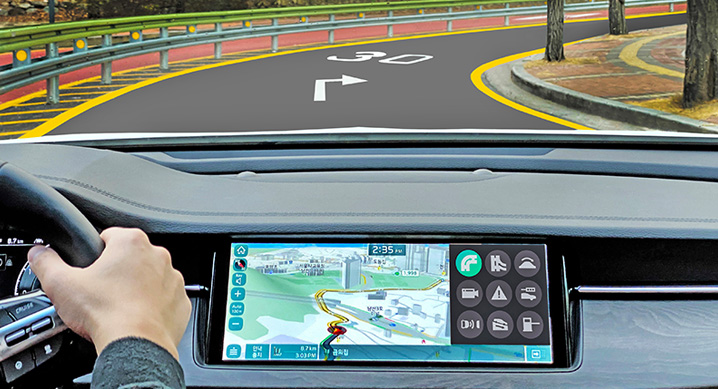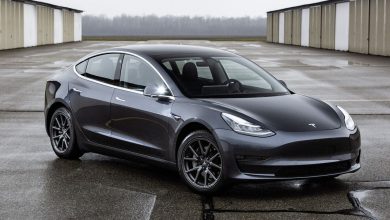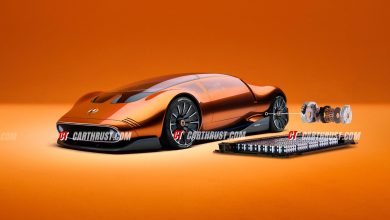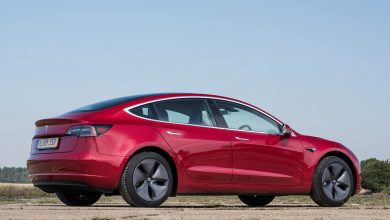Hyundai and Kia’s ICT will change gears based on road and traffic conditions!

Hyundai Motor Company and Kia Motors Corporation have developed the world’s first predictive Information and Communication Technology (ICT) Connected Shift System. This system enables the vehicle to automatically shift to the optimal gear after identifying the road and traffic conditions ahead. This gives a whole new meaning to autonomous driving!
Hyundai and Kia plan to apply this technology on its future vehicles. During system development, the companies filed about 40 major patents in South Korea and abroad. Currently, the technologies used to automatically shift depends on drivers’ preferences, such as Smart Drive Mode – available on most current Hyundai and Kia models. ICT will certainly be smarter and more autonomous. ICT Connected Shift System is the first ICT to automatically shift the gear according to road and traffic conditions.
Coming over to how this system works, it uses intelligent software in the Transmission Control Unit (TCU) that collects and interprets real-time input from underlying technologies such as 3D navigation equipped with a precise map of the road as well as cameras and radar for smart cruise control. The 3D navigation input includes elevation, gradient, curvature and a variety of road events as well as current traffic conditions. Radar detects the speed and distance between the vehicle and others, and a forward-looking camera provides lane information.

Using all of these inputs, the TCU predicts the optimal shift scenario for real-time driving situations through an artificial intelligence algorithm and shifts the gears accordingly. For example, when a relatively long slow down is expected and the radar detects no speed irregularities with the car ahead, the transmission clutch temporarily switches to neutral mode to improve fuel efficiency.
Hyundai and Kia’s test results from a vehicle equipped with this ICT showed impressive results. The frequency of shifts in cornering was reduced by approximately 43 percent compared to vehicles without the system. Accordingly, the system also reduced the frequency of brake operation by approximately 11 percent, thereby minimizing driving fatigue and brake wear.
In addition, the engine brakes were automatically applied upon the release of the accelerator pedal by determining speed bumps, downhill slopes and location of the speed limit change on the road. The changes in distance from the front car were detected by the front radar to adjust appropriate transmission gear automatically, which improved driving quality.
The system is also in line with autonomous technology, which is developing day by day. The ICT Connected Shift System is aimed at delivering both, an improved fuel efficiency and a stable driving experience. And this is aimed to be achieved by providing improved performance in response to real-time road and traffic conditions, all in ync with the autonomous vehicle era.




